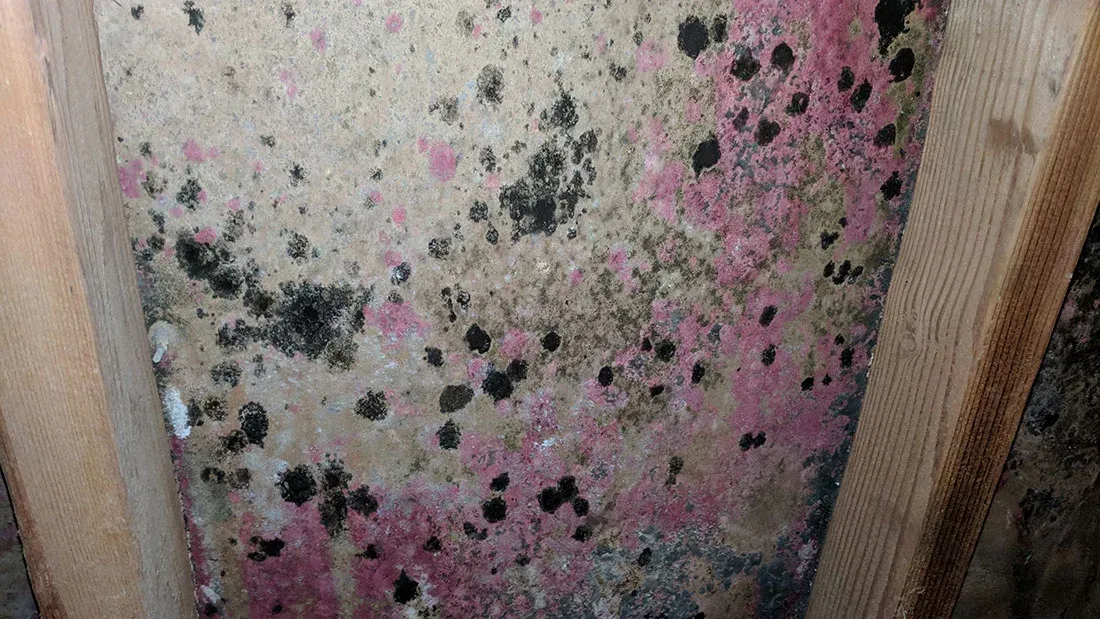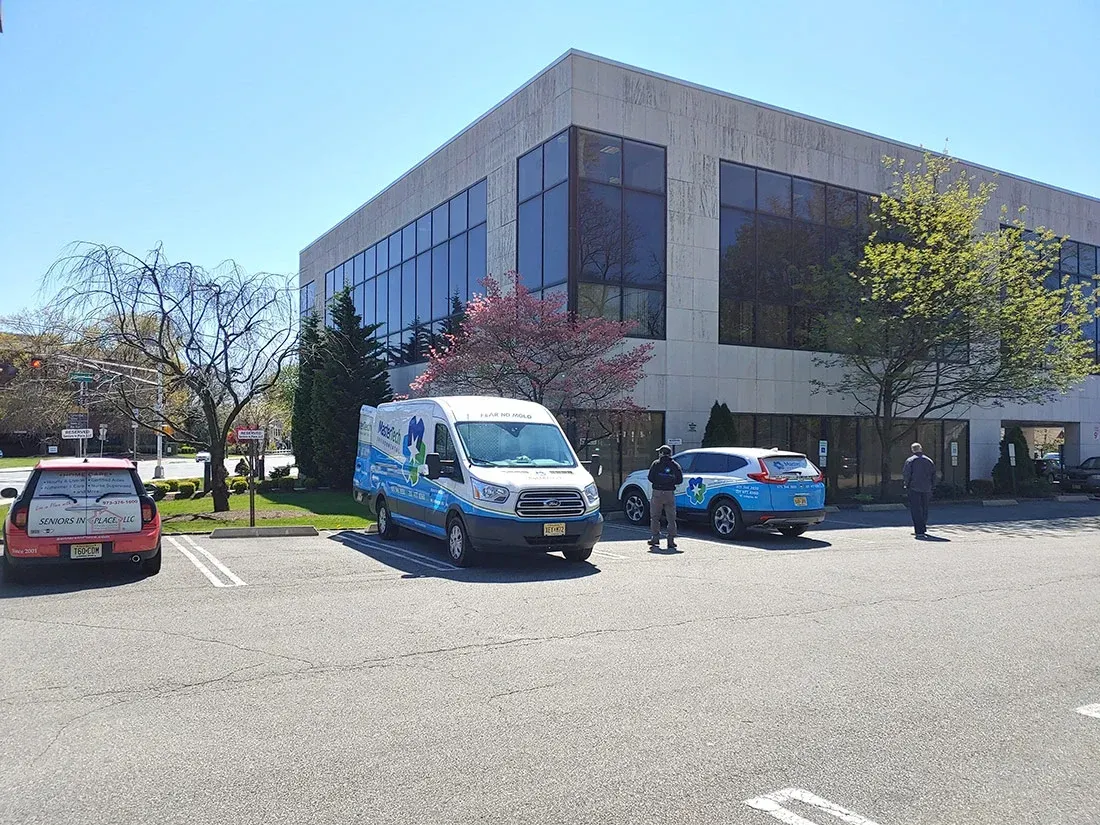What Are the Most Common Types of Mold in a Myrtle Beach, SC Home?

Living in the Myrtle Beach area means enjoying warm weather, beautiful shorelines, and a climate that sometimes feels like a tropical paradise. However, that same warmth and humidity also make local homes more susceptible to mold growth, especially in damp or poorly ventilated places like attics. Although mold often appears as harmless stains or musty smells, some varieties pose significant health risks and should be dealt with quickly. Below is a friendly, straightforward look at the mold types you're most likely to encounter in, how they might affect your home, and when attic mold remediation Myrtle Beach SC could be necessary.
Understanding Mold Basics in Coastal South Carolina
Before discussing specific mold types, it's helpful to understand why this climate encourages mold. Mold thrives in dark, damp areas, feeding on materials like wood, drywall, and paper. In our coastal environment, frequent humidity and occasional storms can introduce extra moisture into attics, basements, and crawl spaces. If this moisture lingers, mold spores circulating in the air settle on surfaces and begin to grow.
· Allergy and Asthma Worsening: Mold produces allergens that can trigger discomfort in those with sensitivities. People may notice watery eyes, runny noses, or coughing that worsens over time.
· Structural Concerns: When mold remains unchecked, it can break down wood framing or compromise drywall. Over months or years, this damage can lead to costly repairs. Staying vigilant protects both your home's value and your peace of mind.
· Musty Odors and Discoloration: A persistent earthy smell is often your first sign of mold, even if you see nothing. Places like attics or back corners of closets are common hotspots.
Cladosporium
Cladosporium is one of the more frequently encountered molds in coastal environments. While it often appears in dark patches—ranging from brown to black—it can also quietly grow out of sight, especially under damp carpeting or hidden subflooring.
· Common Traits: Cladosporium sometimes has a spotty appearance and typically prefers materials like wallpaper, carpet, or wood. Because it doesn't always grow in obvious locations, homeowners might not realize it's there until lifting flooring or moving furniture.
· Health Effects: This mold usually causes only mild health problems but can worsen allergies or asthma. Rare cases involve skin or eye infections when someone is heavily exposed.
· Why It Thrives Here: Humid climates provide the moisture Cladosporium needs to flourish, especially in dim indoor spaces.
Aspergillus
Aspergillus is extremely common—not just along the coast but around the world. You've probably seen it growing on leftover bread or fruit, forming fuzzy gray-green or white patches. Indoors, it can settle into damp building materials or ventilation ducts, feeding on various organic materials.
· Common Traits: Aspergillus often takes on a greenish or whitish hue, with a texture that can range from powdery to slightly fuzzy. It also loves starchy foods—think moldy bread—but doesn't stop there when moisture is available.
· Health Effects: Most people have no severe reaction to Aspergillus, but it can be harmful to those with compromised immune systems. In some instances, infections may even pass from person to person, although this is rare. Keeping it under control helps reduce potential risks for everyone.
· Why It Thrives Here: Myrtle Beach's humidity and mild temperatures support the mold's rapid spread in hidden corners, especially ductwork or damp closets.
Alternaria
Alternaria exists both outside and inside. It's commonly found in outdoor vegetation—like the dark spots sometimes seen in tomatoes or other produce. However, it can cling to drywall, wood, or carpet when it finds its way indoors, especially if those areas have been damp for a while.
· Common Traits: Alternaria can appear in a wide range of colors, from brownish-black to olive green to gray. Outdoors are often the fungus that causes plant diseases, but indoors, you'll notice patchy growth on moist surfaces. While more common in warmer months, Alternaria can thrive year-round.
· Health Effects: While not typically dangerous, Alternaria can worsen allergies or asthma. In people who are highly sensitive, it might trigger more serious breathing difficulties.
· Why It Thrives Here: Thanks to frequent rainfall and warm air, spores can easily migrate inside and flourish on any moist, organic surface.
Penicillium
Penicillium is known for both its role in antibiotics and its tendency to colonize damp household surfaces. Outdoors, it can be found on decomposing fruits and in compost heaps. Indoors, once it settles, it may spread rapidly on materials like insulation or water-damaged drywall.
· Common Traits: Penicillium can be quite colorful, with shades of blue-green, yellow, or pink forming in fuzzy colonies. It thrives after water damage, attaching itself to subflooring or the underside of carpeting. Quick action is often crucial because Penicillium colonies can expand swiftly in the right conditions.
· Health Effects: While some strains of Penicillium can create beneficial antibiotics, others may lead to infections such as pneumonia or trigger sinus problems in susceptible individuals. Healthy people generally face minimal risk, but it's still wise to remove it promptly.
· Why It Thrives Here: Frequent storms and high indoor humidity make water damage more likely, giving Penicillium prime real estate to grow.
Stachybotrys (Black Mold)
Frequently referred to as "black mold," Stachybotrys chartarum has the most notorious reputation. It tends to form when surfaces remain wet for long periods—like behind walls with slow leaks or in attic beams exposed to roof drips. Because of its potential toxicity, any sign of black mold is usually taken seriously.
· Common Traits: The mold appears dark, sometimes slimy, and usually forms in patches. It's especially fond of cellulose-rich materials like drywall or paper-based insulation. If you notice it in an attic area, it's best to seek attic mold remediation Myrtle Beach SC, as soon as possible.
· Health Effects: People exposed to Stachybotrys can report severe breathing issues, fatigue, and flu-like symptoms. In extreme cases, it has been linked to more significant health complications, prompting professional intervention.
· Why It Thrives Here: In Myrtle Beach, the combination of humid weather, occasional leaks, and wooden structures often supports sustained moisture, creating a perfect habitat for black mold.
Ulocladium
Ulocladium is known for thriving in environments with significant water damage. That includes flooded basements, soggy carpeting, or areas left soaked after storms. When the water isn't removed and dried quickly, this mold can move in and spread in large, dark patches.
· Common Traits: Ulocladium tends to be dark in color, often black or dark brown. Once it spreads, the patches can become quite large if not addressed. It's commonly found after major water events, like flooding from hurricanes or persistent leaks around foundations.
· Health Effects: Many individuals have allergic reactions, such as itching or sneezing, when exposed to Ulocladium. Those with existing respiratory issues might see their symptoms worsen.
· Why It Thrives Here: Heavy rains and high water tables in the coastal region contribute to frequent water intrusions, giving Ulocladium the moisture it needs to flourish.
When to Seek Professional Help
Sometimes, small mold patches can be cleaned with a store-bought solution if the area is limited and the mold isn't too deeply rooted. However, larger or recurring mold growth warrants expert attention, especially in hidden or overhead spaces. Professional tools, such as infrared cameras and moisture meters, help us to find the true source of the problem.
Why You Shouldn't Delay in the Myrtle Beach Area?
Mold can quickly reemerge if the underlying moisture issue isn't fixed. By bringing in specialists, you'll ensure immediate removal and a plan to stop future growth. If the mold is in your attic, scheduling an attic mold remediation Myrtle Beach SC service prevents it from spreading to your living areas and protects your family's health.

When the unexpected happens,
you should only trust the best. ®
Mastertech Environmental
of Myrtle Beach South Carolina
Address:
2811 Graham Road, Conway, SC 29526
Phone: 1-843-236-3399
Email: daniel@mastertech-myrtlebeach.com
Services:
Service Areas:
Mastertech Environmental - Duct Cleaning Blog | Sitemap | Crawlspace Mold Remediation


